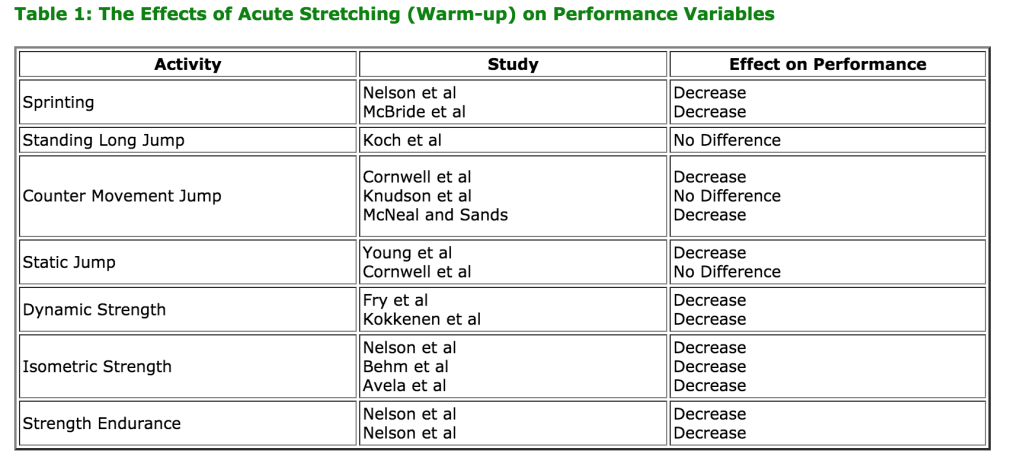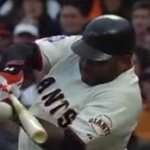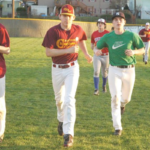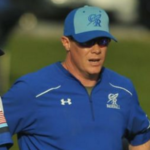Traditional conditioning vs. Baseball weighlifting
Podcast: Play in new window | Download | Embed
Subscribe: RSS
I will begin this post by acknowledging that ANY physical activity that isn’t physically harmful is good and will likely increase an athlete’s performance, and will benefit one’s overall health.
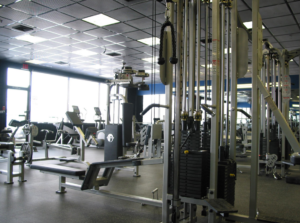
Many weight rooms contain tons of machines. This might be great for the "weeknight warrior," but is it what your baseball players should be doing?
There are a lot of traditional training methods that can in fact increase performance simply by increasing overall strength, and by the athlete being in better overall shape, but that doesn’t necessarily mean that those methods are the best training methods for baseball players. Players aren’t necessarily getting the best bang for their training buck (time and effort).
Let's go through the "traditional" method of working out that you see at a lot of local gyms and workout facilities:
Attend our FREE Web Clinic on creating strong, explosive, powerful, dynamic baseball players
The Warm-Up (Movement prep)
Weeknight and Saturday morning warriors at the gym show up and do a few static stretches, usually starting with hamstrings, then some quads, then some shoulder and arm stretches before they hit the weights.
The reality is, static stretching, although it may feel good, and feel right, isn’t the best thing an athlete can do to warm up for maximum performance. Check out the chart below summarizing a number of studies on static stretching’s effect on athletic and explosive (which is HUGE in baseball performance) training.
Instead, try a combination of dynamic movements, agility drills, core movements, and semi-explosive movements. Even better, try drills that improve skill but can be done at less than 100% as a warm-up.
TRAIN HOW YOU WILL COMPETE.
Split routines
A large percentage of the local gym-goers will be doing "split routines." Basically, this means that the individual will do only upper body exercises on one day, then only lower body exercises on another day, or they will only do pushing exercises one day, then pulling exercises the next, then lower body the next day.
Again, generally any type of conditioning will benefit the athlete, so a split routine is better than nothing. But, when you compete in baseball (or any sport for that matter), you don't just use your upper body one day, then lower body the next day.
Baseball players utilize their entire body every single day. For that reason, training should be done the same way with full body routines. The more multi-joint movements that can be included in a routine, the more closely it will mimic what they will be required to do on the field.
Get more information about Cornerstone's full body workouts by checking out our 2015-2016 offseason conditioning programs here:
Attend our FREE Web Clinic on creating strong, explosive, powerful, dynamic baseball players
Sets and reps
The standard workout for weekend warrior is 3 sets of 10 reps, and very rarely does that change. Additionally, they keep the same velocity and pace for many of their reps and very rarely switch the exercises for each muscle group.
This type of training leads to plateaus in training, boredom, and sub-maximal results.
In fact, baseball players ultimate goal in the weight room should be to increase their ability to generate a large amount of force in a short amount of time (power). Three sets of ten reps on the same exercises isn't likely to improve power greatly.
Instead, players need to be on a periodized workout plan with different phases that address different goals (usually size and stability, strength, power/speed) to maximize the effectiveness in the weight room. Remember, the goal is not to work out longer, it's to work out smarter and maximize your results.
Lots of machines
Traditional weight lifting and training often consists of using resistance machines to isolate and train specific muscles.
However, this does not very closely mimic what happens in game play (check out our 7 mistakes your are probably making in the weight room). When using machines, the body is supported by the machines and does not need to stabilize itself. This is contrary to how baseball players need to perform.
They need to be able to rotate, explode, and contract while supporting and controlling their bodies in open space.
Laying on your back doing crunches
Those mats in the corner of the gym are always packed with people doing hundreds and hundreds of crunches, side crunches, and leg raises. These exercises are great for developing washboard abs, but not great for performance.
Many players and athletes think that core is the same as abdominals. It is not. Abs are good for 6-packs, core is good for performance. Also, core is more than just abdominals. A players “core” also includes their hip flexors, side obliques, and glutes.
A baseball player’s ultimate goal is to have a core that is stable, and rotationally explosive. In order for this to happen, players must first stabilize their core then they can begin a medball rotational power series.
This explosive movement is what will help players increase bat speed, velocity, and overall power.
Ok, I'm done, time to leave
After finishing their last set, the weeknight warrior at the 24 hour gym walks over to the water fountain, grabs a quick drink, towels off their sweat, heads to the locker room, changes, and leaves the gym, totally neglecting one of the most important components of fitness needed by athletes... flexibility.
Remember, in 2015, we know better than to stretch prior to activity, so we must do our stretching to increase flexibility at the end of the workout.
This can be done as either static stretching, or by incorporating yoga into your routine. For baseball players, yoga is preferred to traditional static stretching because it incorporates more core flexibility which helps the player be able to achieve greater hip/shoulder separation during throwing and swinging.
Attend our FREE Web Clinic on creating strong, explosive, powerful, dynamic baseball players
This is a CRITICAL part of the workout, and one that is often skipped. Spending 5-8 minutes at the end of your workout for yoga can help athletes improve their flexibility and on field performance.
If you're looking for a complete baseball conditioning program that avoids all the pitfalls of traditional conditioning, check out our Complete Offseason Conditioning Program here:
Maximize your offseason program here
 Posted by Kyle Nelson
Posted by Kyle Nelson- Posted in Conditioning
 Sep, 20, 2015
Sep, 20, 2015 No Comments.
No Comments.
Elite members login here
Check out what’s New/Hot!
Recognizing, Diagnosing, and Fixing Common Hitting Flaws eCourse The 3 metrics we tested on Blast motion sensors this year Sneak Peek Inside an Elite Q and A The batting practice continuum Elite Member’s area table of contents 50+ “Chaos” hitting drills
5 sample Chaos hitting drills FREE
Mental Skills and Culture Building The hitting pyramid Welcome Elite Member, Trey! Ideas for a pitcher first practice 12 week bat speed improvement plan Make plans this offseason to have your team playing their best baseball at the end of the year” Top 5 hitting drills to translate practice skill to game performanceHow we used Blast Motion sensors with a team in 2019
What to do if your hitters are overmatched Welcome Elite Member, Tommy! Setting your baserunners up for success Welcome Elite Member, Mike! A consulting call with Elite Member Matt FREE Web Clinic: Developing Athletic, Consistent, Extraordinary Infielders
 Coach Kyle Nelson
Coach Kyle Nelson